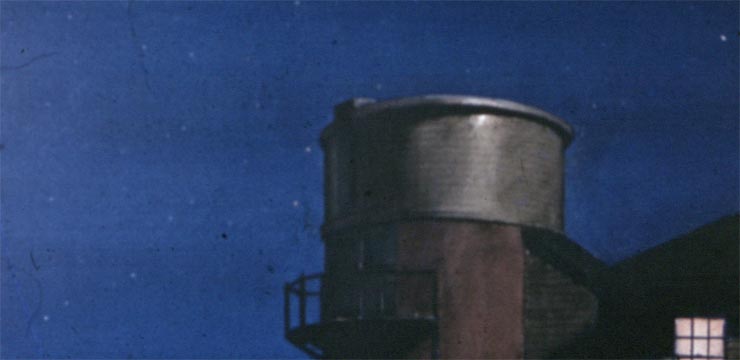
2012 Perseid Meteor Shower Report
by Dave Huestis
I can’t tell you how discouraged I am when I’ve written about an upcoming astronomical event, only to have it spoiled by cloudy skies. The latest event to suffer this fate was the 2012 Perseids, scheduled to peak during the early morning hours of Sunday, August 12.
While some folks may take the been there, done that attitude when it comes to observing meteor showers, I for one never tire of sitting out under a clear and dark sky to watch shooting stars blaze across the heavens. I have the same passion for observing the magnificent Saturn and his rings, as well as for watching the Galilean moons perform their celestial dance around Jupiter.
The observing prospects for the 2012 Perseids were good. Almost perfect, except for a waning crescent Moon rising around 1:30 am in the northeastern sky. The low center casing our adverse weather was not moving off very quickly. We got skunked once again.
What made matters worse is that through a variety of sources I learned that locations elsewhere around the globe were experiencing about 90 Perseids per hour at peak under clear and dark skies.
Well, the storm system finally cleared southern New England and Sunday afternoon turned out to be a good day. Still a little humid, but mostly clear. Though the Perseid peak had past, one can usually see about one-quarter of the peak rates the night after.
I ventured out onto my back porch at 3:10 am on Monday morning. The temperature had dropped to the mid-60’s, and the humidity had diminished somewhat. To the east was brilliant Jupiter, not far from Aldebaran, the bright star in the Hyades asterism of Taurus. Also visible was the Pleiades star cluster. Seeing the stars of Taurus reminds one that winter is not really that far away. Cassiopeia and Perseus were to the northeast, and the Great Square of Pegasus was prominent high to the south. Almost at zenith I could easily make out the Andromeda galaxy with the naked-eye. I could also see the crescent Moon behind the trees.
I sat down on a porch chair and began to scan the sky. Immediately I saw a satellite moving from north to south. Then a faint Perseid. Then another satellite. In just over one hour of observing I saw a total of 14 Perseids. Four of them left brief one- to two-second dust trails. One Perseid, at least as bright as Jupiter, left a dust trail that lasted 17 seconds. That meteor made the whole experience worthwhile.
As the Moon rose higher into the sky, its light illuminated the remaining humidity in the air. The eastern sky became much brighter due to this light scattering, but I don’t believe it drastically affected my observing session. The Moon was still below my tree-line, so the trees blocked it from direct view. I could also see Venus through openings between branches. When I called it a morning around 4:20 am, the beautiful crescent Moon had finally cleared the trees.
Though I did not experience 90 Perseids per hour, the 14 I did observe helped to rekindle that passion in my being by simply becoming as one with the universe for an hour or so.
And all I had to do was to keep my eyes to the skies. (And stay awake of course!)



